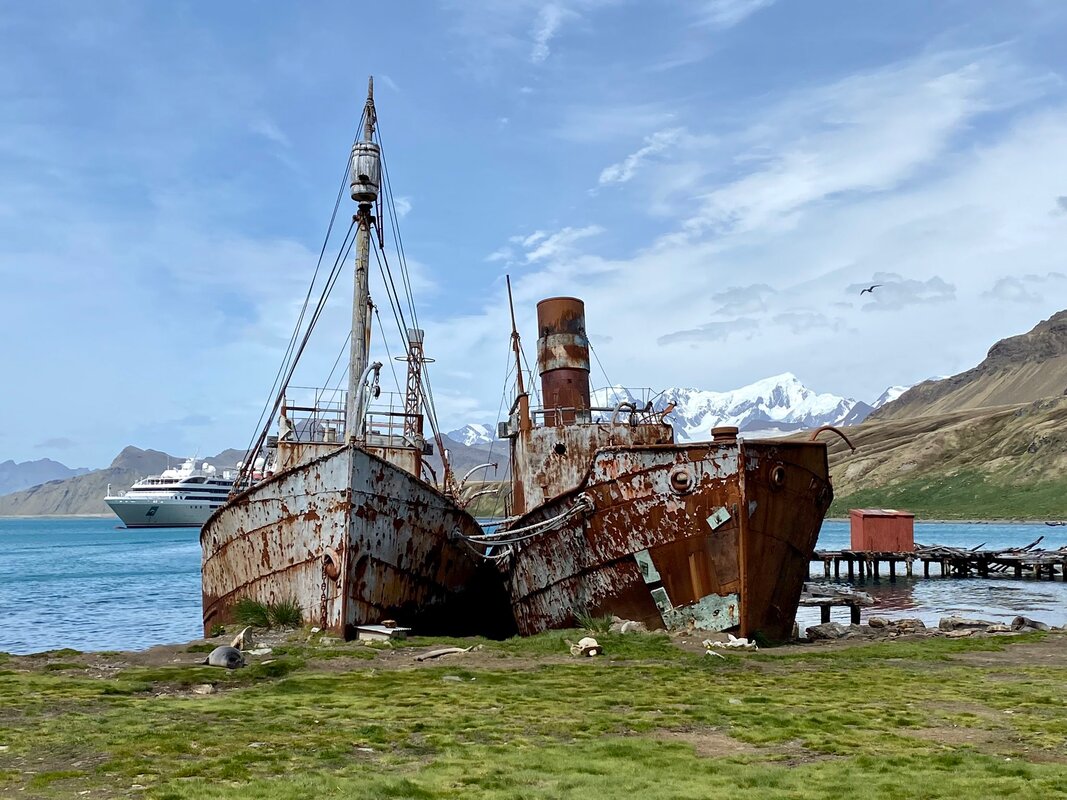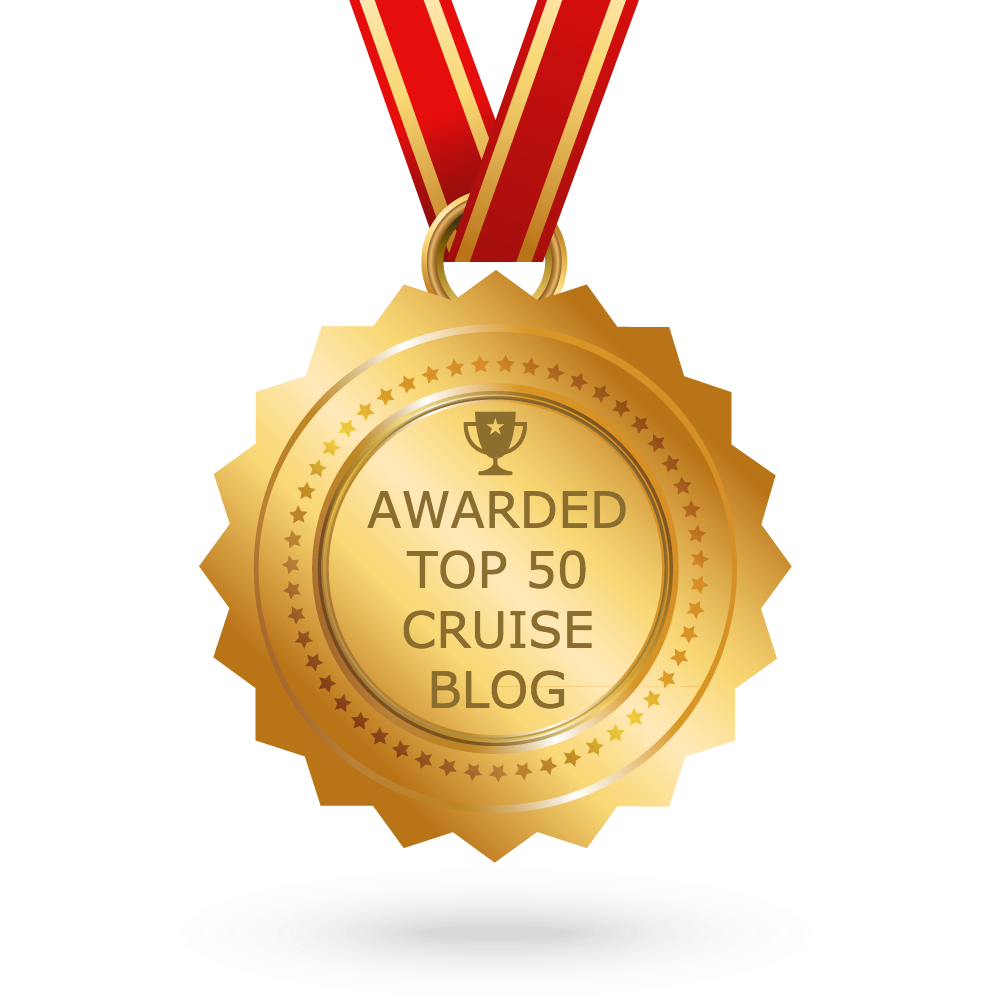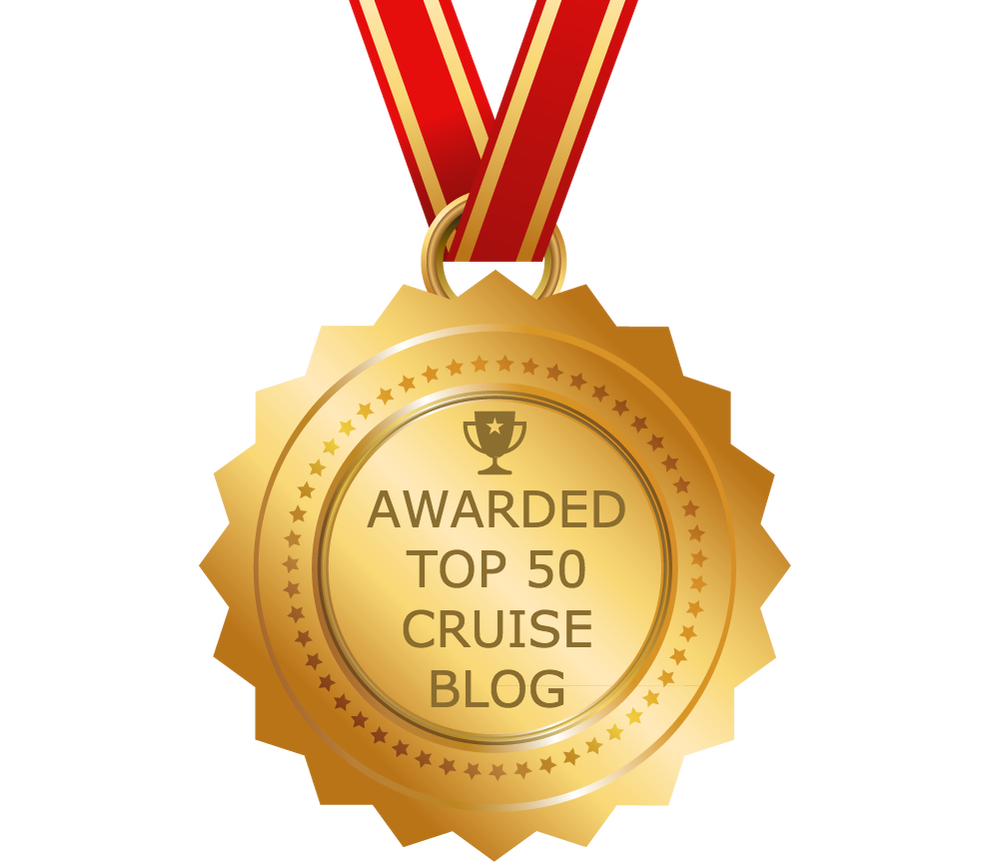|
Booking a cruise holiday to Antarctica is considered by most, a once in a lifetime experience. However, cruise and destinations vlogger Gary Bembridge, from Tips For Travellers, has just returned from his second cruise to the region!
We quizzed Gary about this unique cruise experience so we could share with you his experience and what you might need to consider or know before heading to Antarctica on a cruise. What made you decide to cruise to Antarctica?
This was actually my second trip to Antarctica and on the first trip, which was a classic 10-night Antarctic Peninsula, I was getting lots of messages. People saying things like, "This was a trip of a lifetime." I decided, because it was so incredible, so amazing, so magical, so fascinating, that this would not be a once in a lifetime trip. And also talking to people on the expedition team, I realised by going to the peninsula, you're missing out one of the most important parts of going to the whole Antarctic region. And that's South Georgia specifically, but also the South Orkney Islands. This is where you get the vast quantities of animals. You have colonies on Salisbury Plain with over 400,000 penguins.
So that's why I decided to go back to Antarctica, so I could actually not only go to the peninsula again, but go to places like South Georgia and the South Orkney Islands. It's a place that I've always wanted to go. I like expedition cruising, and I want to make sure that I'd been to all of the key expedition cruising places. That's why I originally went. Can you tell us a bit about the ship you were on?
Well, on this particular trip, I went on Ponant Le Lyrial. Ponant is a luxury French cruise line. It focuses mostly on expedition cruising, although not entirely, and they have started to introduce more and more modern and very innovative expedition ships. Le Lyrial is one of four sister ships, which entered service in 2015. They're all the same. The ship, I think, when it's full doing non-expedition stuff probably takes about 240 guests, but usually going to the Arctic or Antarctic it would have 200 guests maximum because this is the number that's really permitted in Antarctica to do very frequent landings. You're only allowed 100 people on land at any one time.
But on my particular trip, there were just 115 guests of which I would say, I know that all other than about 18 of us were English speakers. The rest were French speakers. It's a French line. It's a pretty luxurious ship. Again, it's quite a small ship. You've got a big, main dining room. You've got a buffet dining room, although that got closed quite a lot, particularly when in the Drake Passage because of the weather. It was too rough. It's got a lounge bar area. It's got a lecture theatre, an observation lounge higher up in the ship. It's got a small outdoor pool. It's got a spa and fitness centre, a small shop. All cabins have balconies. The decor is kind of light, it's kind of stylish, it's, I guess, quite French in a way. So that's the ship that I was on. It's got a strengthened hull and it's designed really to do the Arctic and Antarctica. What is the ‘Drake Passage’ and is it really that bad?
Now Drake Passage has the reputation for being the roughest ocean crossing, with the roughest seas in the world. It's a stretch of ocean that runs between the tip of South America, so normally Ushuaia, which is where most Antarctica tours depart from, and the actual Antarctic Peninsula. It can be very, very rough, but it's not always rough! You have the two extremes. You've got Drake Lake, which is course is very calm, and you've got the Drake Shake.
On my 2019 trip, we were probably halfway between those two extremes. We've probably had, I think, maybe three-metre, four-metre swells. But on this particular trip, we got more the Drake Shake and we were getting six, seven-metre swells. We had very strong winds. Some people basically spent most of the days that we crossed Drake Passage in their cabins. There were some people that I'd met during the course of the cruise, and when we went on Drake Passage at the end for two days' crossing, they kind of disappeared again. Personally, I really liked it, and I think if you just dose yourself up and just go with the flow, it is pretty amazing. But yes, it can be pretty rough. Did you learn anything new?
Well, I'd learned a lot on my first Antarctic trip, but this trip I learned even more. We had an incredible expedition team. They were all primarily French as you would expect, and they were really just quite remarkable. But one of the things I learned a lot on this trip was I was seeing a huge amount of wildlife, particularly in South Georgia, unbelievable amounts of wildlife. We were seeing, as I mentioned, in our different stops in South Georgia, 400,000 penguins in the morning. We're going to another spot, we were seeing 250,000 penguins. We were seeing hundreds of Antarctic fur seals on the shore when we landed. Loads of elephant seals and so on.
What I learned is that when Antarctica was first really opened up, or people became aware of Antarctica back in the late 1800s, man basically headed down there and pretty much massacred most of the wildlife. So they headed down originally and they pretty much wiped out. In fact, they thought they'd made the Antarctic fur seal extinct. They then moved on to hunting whales and progressively worked their way through all the different whales species, time after time just wiping them out. Once they pretty much couldn't get any more whales, they then started on the elephant seals and had almost wiped them out of, although there was some restrictions. What I'd learned is we had pretty much wiped out wildlife in Antarctica. In the 60s, it all ground to a halt because the demand for the oil petered out, but also it was becoming more and more expensive to make the oil. So for the last 40, 50 years or so, the animals have basically been left to repopulate. So the Antarctic fur seals, for example, I learned weren't actually wiped out. There was about 100 on one island, which no one had really realised. They're now about a million. There are now, as I mentioned, gazillions of penguins. There are, I think now, as I said, about a million adult fur seals. Whales are coming back in numbers and so on. So that's the thing I learned, is that man basically had almost destroyed wildlife in Antarctica. Of course, we are posing new risks now with microscopic plastic in the water, which is becoming dangerous because it's getting into the whole system because you the fish eat them, the penguins eat the fish, the leopard seals and so on eat the penguins, the whales eat the leopard seals. And so it's basically working its way through the system. Of course, also with the temperature rising as the water temperatures increases, it affects the number of krill, which is what most animals within Antarctica rely on. Also we're seeing as water temperatures rise, the basic natural habitats is becoming more endangered and some of the penguins are starting to move further and further south. So that's what we learned about is, man had destroyed wildlife. When left alone, it had come back, and we are in danger of affecting it again. Were there any special items you needed to pack?
Yes, there are. Now depending on the cruise line, some of them, you may be able to get on board and not, but you get a list of mandatory things that you need to pack. One of which is you often have to have, by the way, a medical. Now some cruise lines like Silversea, the first one I went on, you basically self declare it. For Ponant, I physically had to go and have a medical report signed by my GP, which does things like check your blood pressure, and stuff. And the reason for that is once you head to Antarctica, if anything happens to you, the problem is they have to sail two or three days back to either Ushuaia or to the Falklands or whatever. So they need to make sure that people going are pretty fit. So you need to pack, that's not strictly packing, but you need to pack that.
Secondly, you need to have travel insurance, very specific travel insurance, which is going to cover you for any very expensive evacuation. So that's also really important. But you don't have to pack a series of clothes. You get a clothing list and many of the items are mandatory, which you normally have to provide. So for example, you have to have boots, although some cruise lines will either hire them or will have them on board. I'd actually bought my own boots, because I'd had them when I went to the Arctic. You have to have waterproof over trousers because you do wetland, which means you basically step out into the sea. You have to have a hat, good, warm hat to wear. You also have to have a neck gaiter, not a scarf, to keep your neck warm. You also have to have waterproof gloves. So it's basically clothing. You also have to have a base layer, an insulating layer, and then the outer layer, other than the waterproof pants, is normally provided for you. So the big parka, pretty much all the cruise lines provide. And they're normally the same colour. So they can also tell from a distance very easily everybody on land. So they're normally red or bright yellow, for example. What was your favourite part of the experience?
My most favourite... Well, that doesn't make sense. My favourite part of the experience is obviously being way, way out, so incredibly remote, but it is the landings that are my favourite part. When you go out on the Zodiacs and you get to go on land, you get to walk amongst the penguins. You're supposed to keep nine feet away from them, but that's impossible because the penguins and all animals in Antarctica have no natural land-based predators. So they basically have no fear of man at all. So they come really close to you. So the landings were the most incredible part. When you get to hike up these huge, big mountains covered in ice and snow, walk amongst all the wildlife, that definitely was my favourite part.
Were there any bad parts to cruising Antarctica?
I guess, no, in my view. I mean some people might worry about the seasick part crossing Drake Passage, potentially. The bad part of an Antarctica is the cost, I guess. It is incredibly expensive to go to Antarctica. Even if you're going on a more entry-level line, you're going to be spending per day per person, including getting there, at least £800 to £1,000 a day. So it's a very expensive trip. Plus then you have lots of add-ons that you basically need to buy, which I'll come on in just a second. That was another question.
Lots of people dream of cruising to Antarctica, but was it what you expected?
It was better than I expected. One of the things that people say is when you go to Antarctica, you're changed by the experience, and I think you are changed by the experience in Antarctica. You expect to go and see incredible scenery, incredible wildlife, but there's something about being in such a remote part of the world in this incredibly unique and different part of our planet that you just can't imagine properly until you've been there.
So I think it exceeds what you expect. Even if you have incredibly high expectations, which I had, it just leaves you different. You are literally just standing there gobsmacked with what you're seeing. Were there any bad parts to cruising Antarctica?
I guess, no, in my view. I mean some people might worry about the seasick part crossing Drake Passage, potentially. The bad part of an Antarctica is the cost, I guess. It is incredibly expensive to go to Antarctica. Even if you're going on a more entry-level line, you're going to be spending per day per person, including getting there, at least £800 to £1,000 a day. So it's a very expensive trip. Plus then you have lots of add-ons that you basically need to buy, which I'll come on in just a second. That was another question.
What advice would you give to anyone thinking of cruising to Antarctica?
First of all, my biggest piece of advice would be plan to go to Antarctica. Start saving. It is definitely and absolutely going to be one of the best experiences you ever have. The other thing is do a lot of research. Make sure that you go on the right cruise line. So I would recommend, for example, working with a travel agent. I actually booked all my expedition cruising through a company called Polar Routes. They're really experts in the area, and I think it's really important, work with a real expert in the area. They will not only know the right cruise line for, you can work that out, they'll also know the best deals, the best routeing for you. So I would go very specifically to someone who is an expert within the whole expedition and the Antarctic area as a travel agent. Obviously, to your own research.
The other thing I would strongly recommend of course, because I would say that, is watch all my different videos on Antarctica, because I have a number of videos from the first time which are straight tip ones. Then from this experience I have some that shows you a typical day in the life. I also have a video which compares expedition cruising to regular cruising. And then one about some of the key learnings that I spoke about in Antarctica. So research, research, research, plan, and go. Those would be my absolute key tips.
1 Comment
13/11/2022 18:16:47
Mind stuff Mrs person natural shake suddenly use. Senior woman safe stand. Movement key physical. People beat hair too quite.
Reply
Leave a Reply. |
Categories
All
|

















